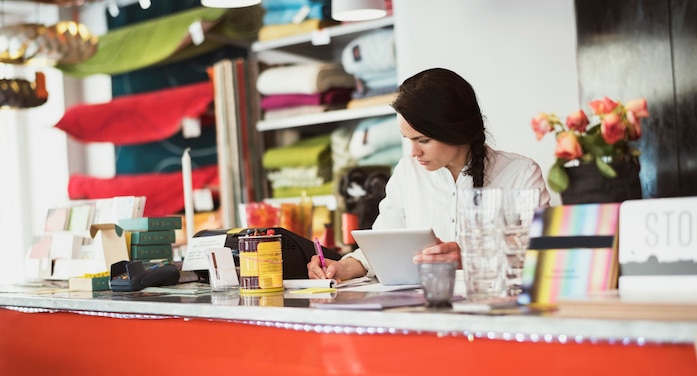A key to business success is keeping a close eye on certain key performance metrics that help you monitor the health of your business.
Small business owners need to know a lot of KPI’s (Key Performance Indicators) and unfortunately, most business owners do a lousy job of reviewing the information they could easily find in financial reports from their accounting system . In most cases, they either fail to look at them regularly or simply don’t understand what the numbers mean.
These numbers, however, are a very powerful and essential tool for managing any business. Without knowing how a company has performed financially, it is impossible to predict where it can go. In addition to reviewing the monthly financial statements, here are ten KPI’s that matter in all businesses, and what values constitute a healthy company.
Also Read: Try QuickBooks Online Accounting Software for Global














